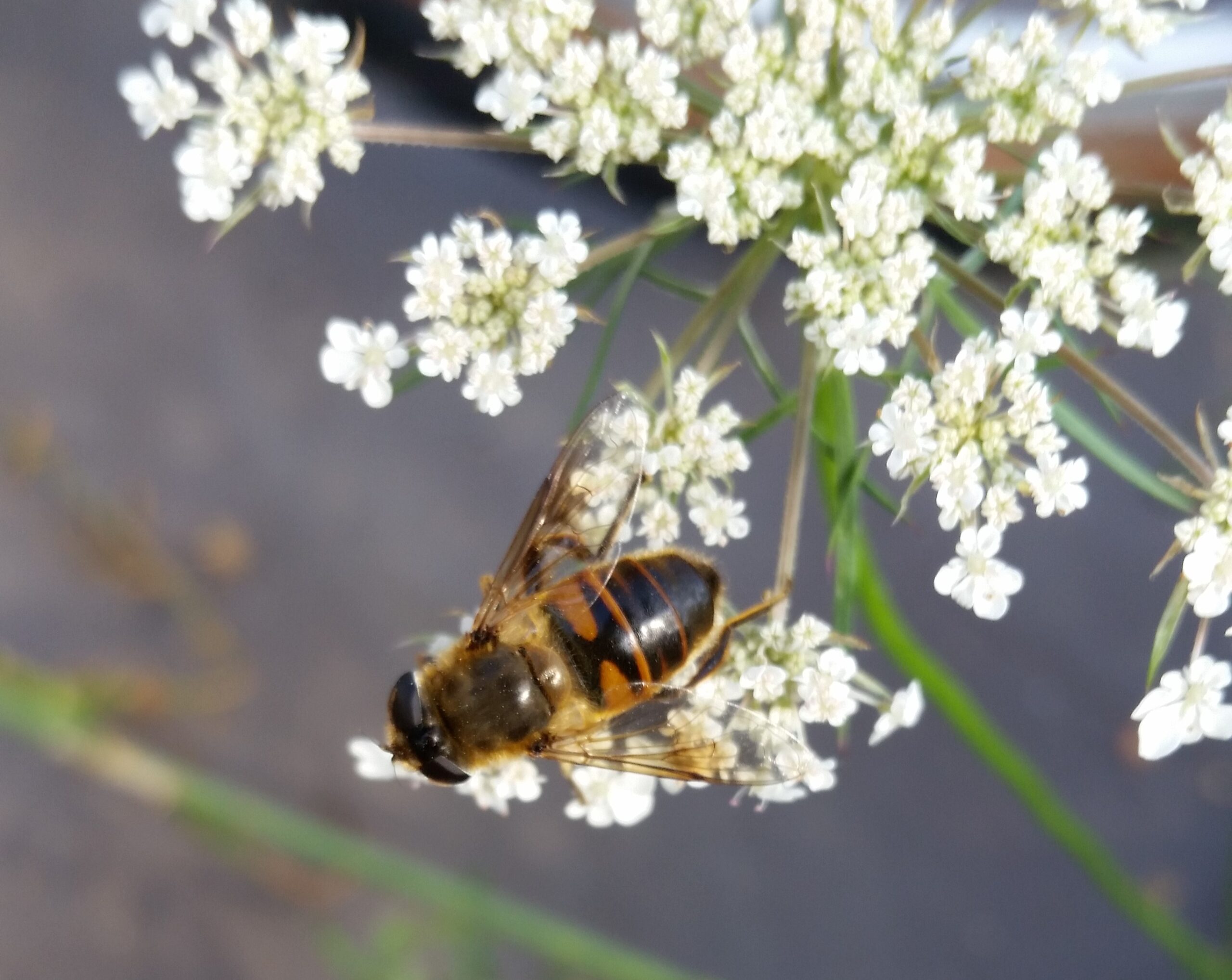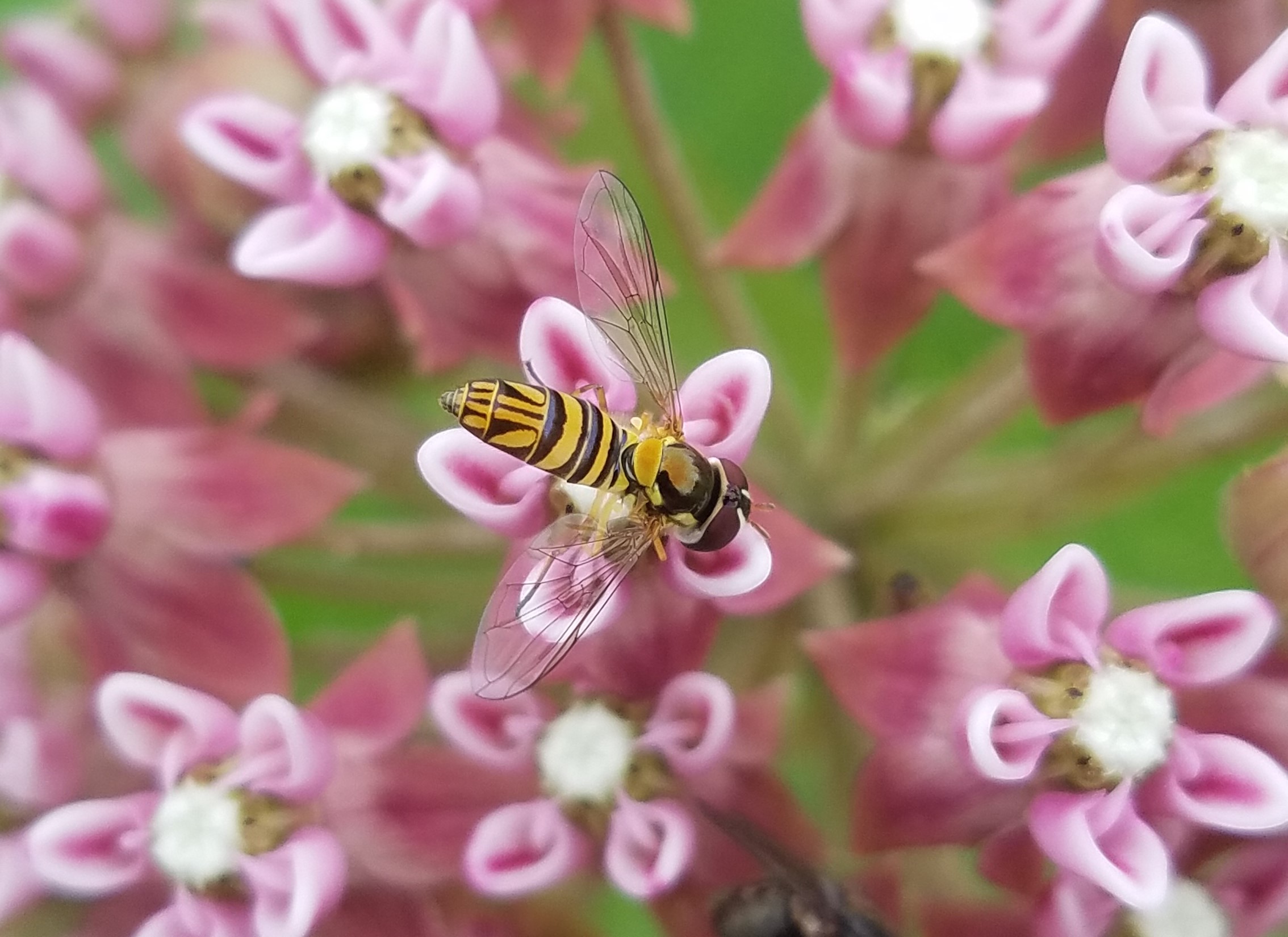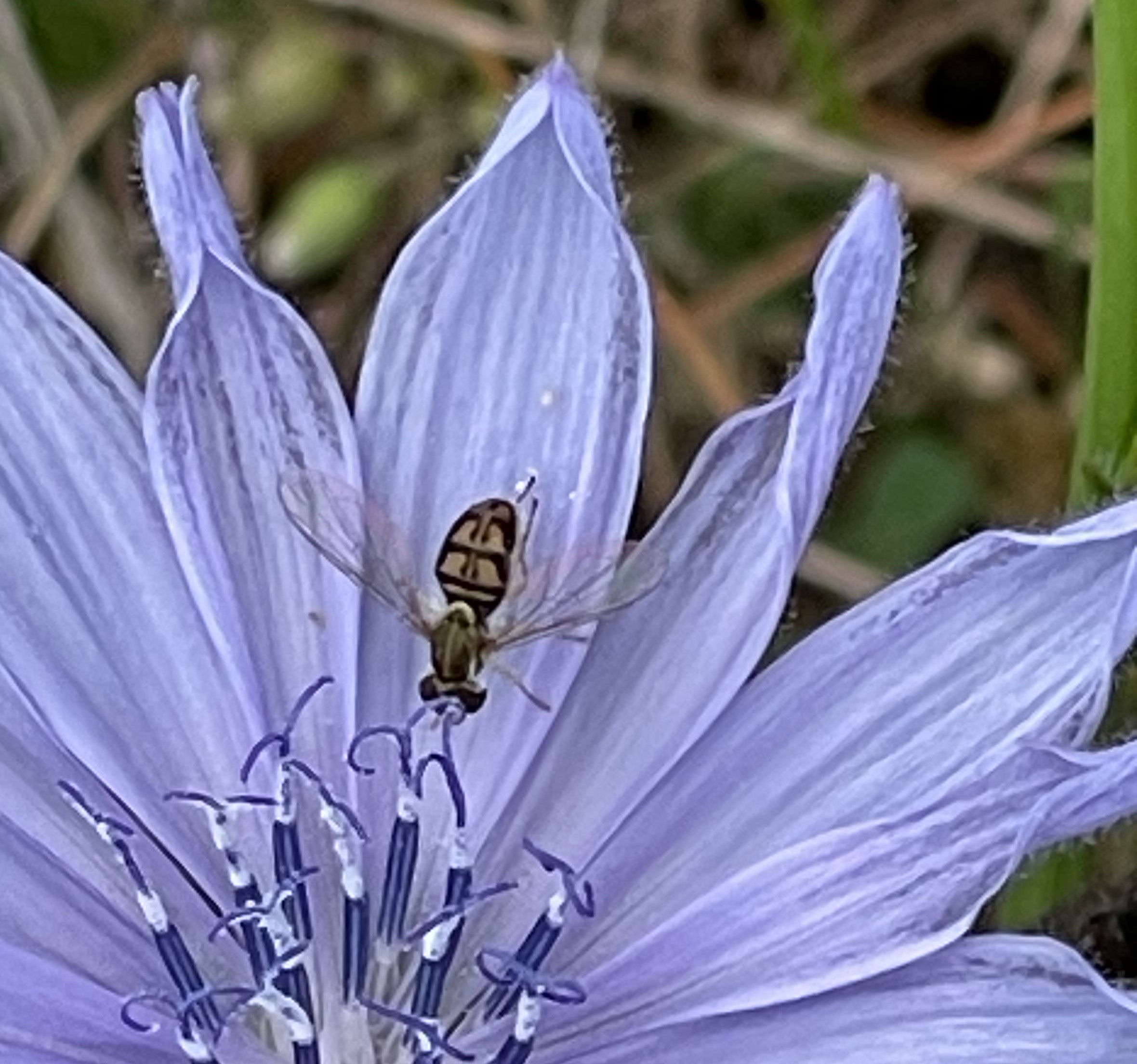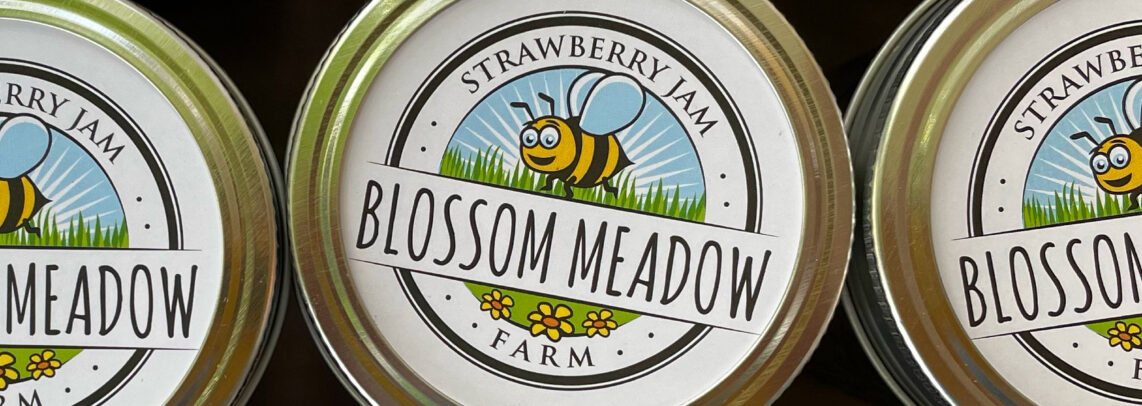Flower flies (syrphids) are generally acknowledged as the second most important pollinator group after bees, visiting 72% of crop plants worldwide (Rader et al 2020). Flower flies are excellent pollinators of fruit and vegetable crops in the United States, including raspberry, blackberry, strawberry, blueberry, apple, cranberry, mango, avocado and sweet pepper (FAO 2018). Even self-fertile crops benefit from increased seed set and fruit quality with visits from pollinators; such is the case with ginseng when visited by bees and flower flies in West Virginia (Mooney and McGraw 2007).
Flower flies are also used for seed crop production of heirloom carrots, onions, canola and hybrid vegetable seeds. Flower flies are a more efficient pollinator of hybrid vegetable seed crops than honey bees as they more readily move between hybrid lines (Gaffney et al 2018).
They are also good “pollinating team” members. Flower flies complement the work of traditional managed pollinators (honey bees, bumblebees) on farms, especially in colder temperatures and on windy days. In fact, flower flies compliment the work of all pollinators and have been documented to visit over 1100 plant species (Cook et al 2020).


Is That a Bee?
Flower flies don’t get much credit as pollinators because a lot of times they are misidentified for a bee. In fact, there are an estimated 812 species of flower fly found in North America (Miranda et al 2013). Like bees, flower flies are hairy and trap pollen on their bodies as they visit flowers. Larger flies can collect — and carry — hundreds and sometimes thousands of pollen grains as they fly from flower to flower which makes them great pollinators.
By mimicking stinging insects, flower flies make birds and other predators think twice before gobbling them up for lunch. To distinguish a bee from your lovely flower flies, look at its eyes. Flies have fly eyes! Big goggles! Flies typically have large eyes near the front of their heads that often nearly meet on the top, while a bee’s eyes are smaller and widely spaced on the sides of their head. Flies also have one wing on each side of its body while bees have two wings (a fore and hind wing on each side).
Other differences between bees and flies that make flower flies so great:
— flies can’t sting (they don’t have stingers)
— flies don’t live in hives
— flower flies are never aggressive
Note: Flower flies are also known as hover flies due to their hovering flight pattern around flowers.
References
Cook, D.F., Voss, S.C., Finch, J.T.D., Rader, R.C., Cook, J.M. & Spurr, C.J. 2020. The role of flies as pollinators of horticultural crops: an Australian case study with worldwide relevance. Insects, 11(6), 341. Available from: https://doi.org/10.3390/insects11060341
FAO. 2018. Pollination of Cultivated Plants : A Compendium for Practitioners. Rome: Food and Agriculture Organization of the United Nations. https://www.fao.org/3/i9184en/I9184EN.pdf
Gaffney A, Bohman B, Quarrell SR, Brown PH, Allen GR 2018. Frequent insect visitors are not always pollen carriers in hybrid carrot pollination. Insects 9: 61.
Miranda GFG, Young AD, Locke MM, Marshall SA, Skevington JH, Thompson FC. 2013. Key to the genera of Nearctic Syrphidae. Can J Arthropod Ident 23:1–351. https://doi.org/10.3752/cjai.2013.23
Mooney, E. H. and J. B. McGraw. 2007. Effects of self-pollination and outcrossing with cultivated plants in small natural populations of American ginseng, Panax quinquefolius (Araliaceae). American Journal of Botany 94:1677-1687.
Rader, R.; Cunningham, S.A.; Howlett, B.G.; Inouye, D.W. 2020. Non-bee insects as visitors and pollinators of crops: Biology, ecology, and management. Annu. Rev. Entomol. 65, 391–407.

